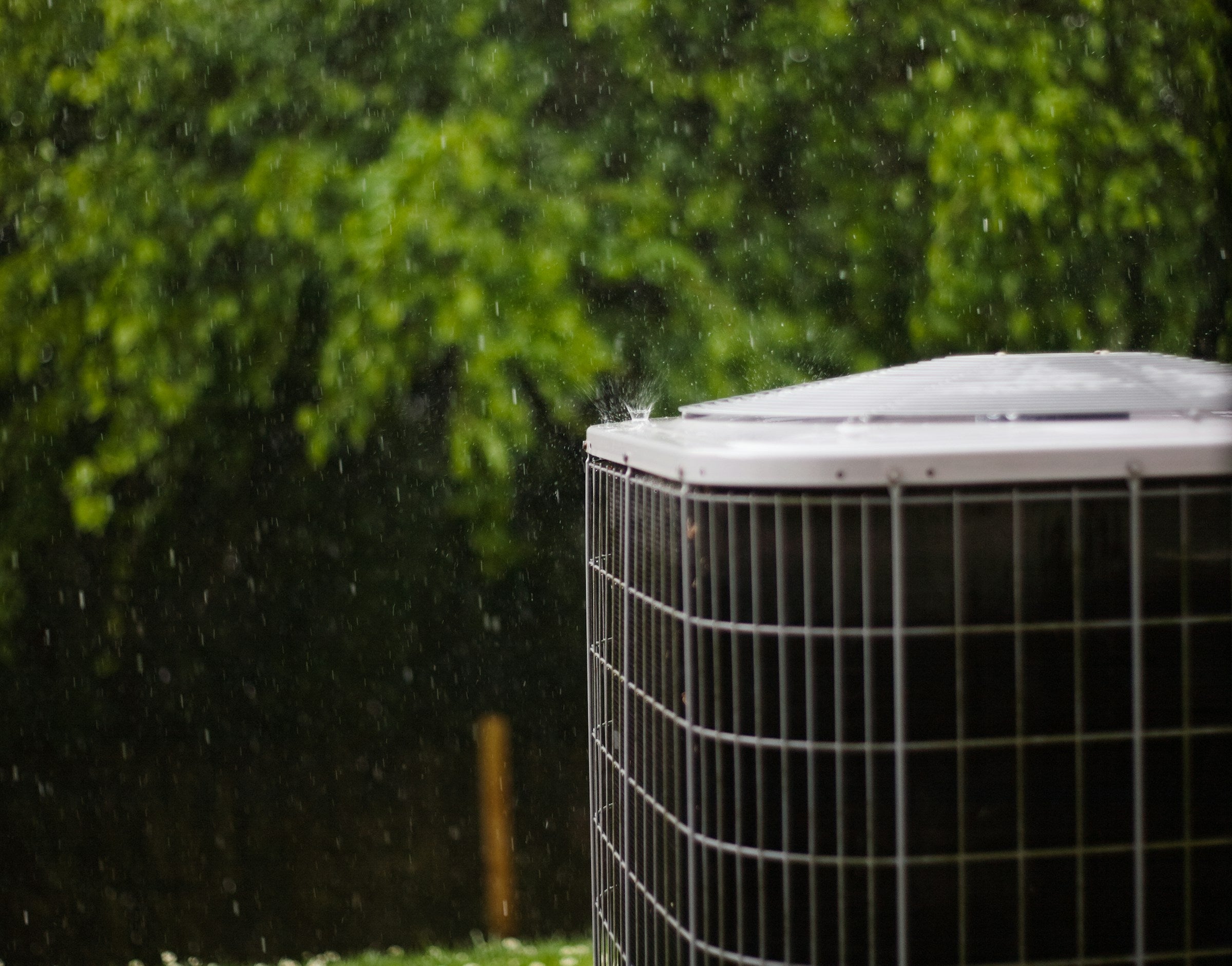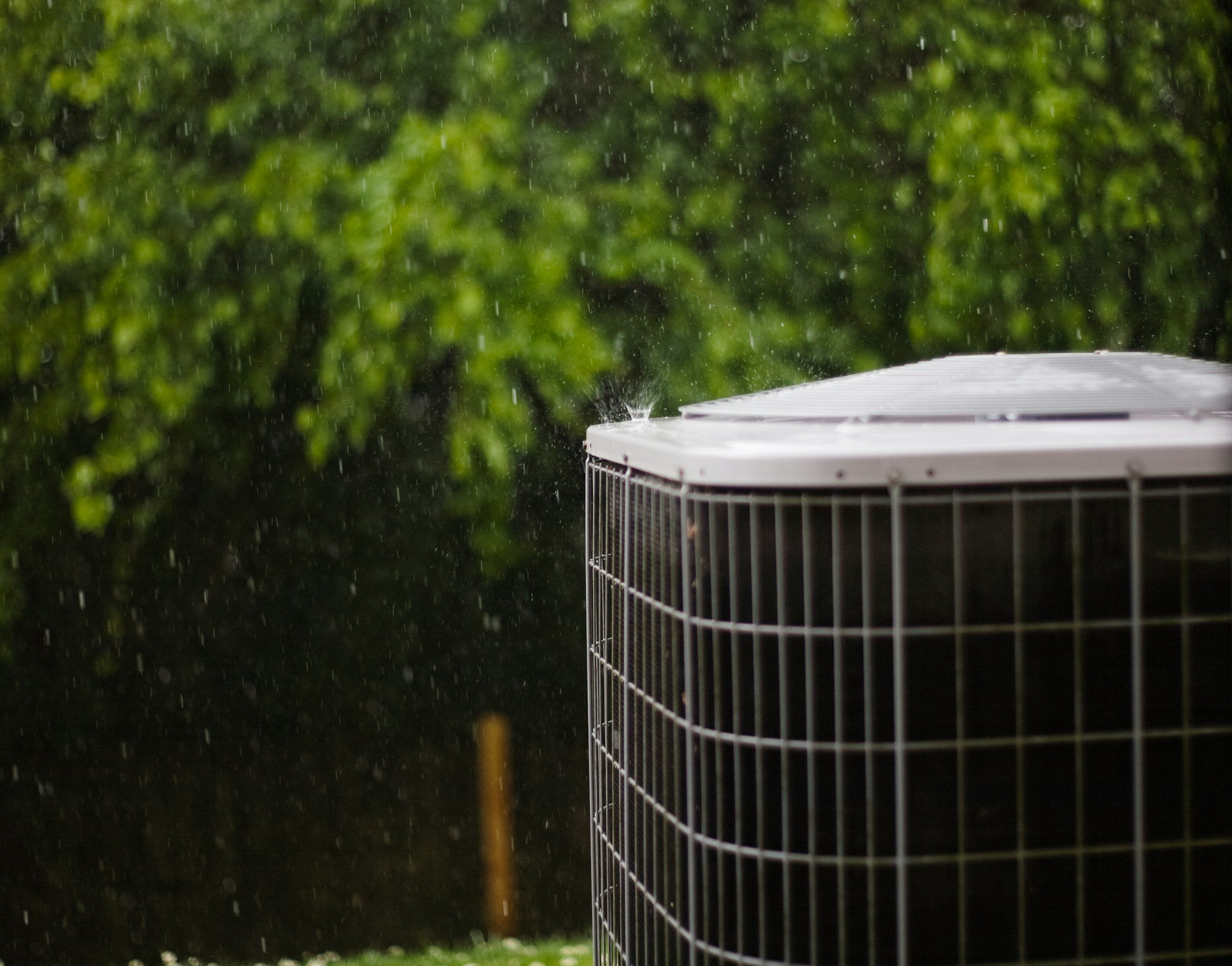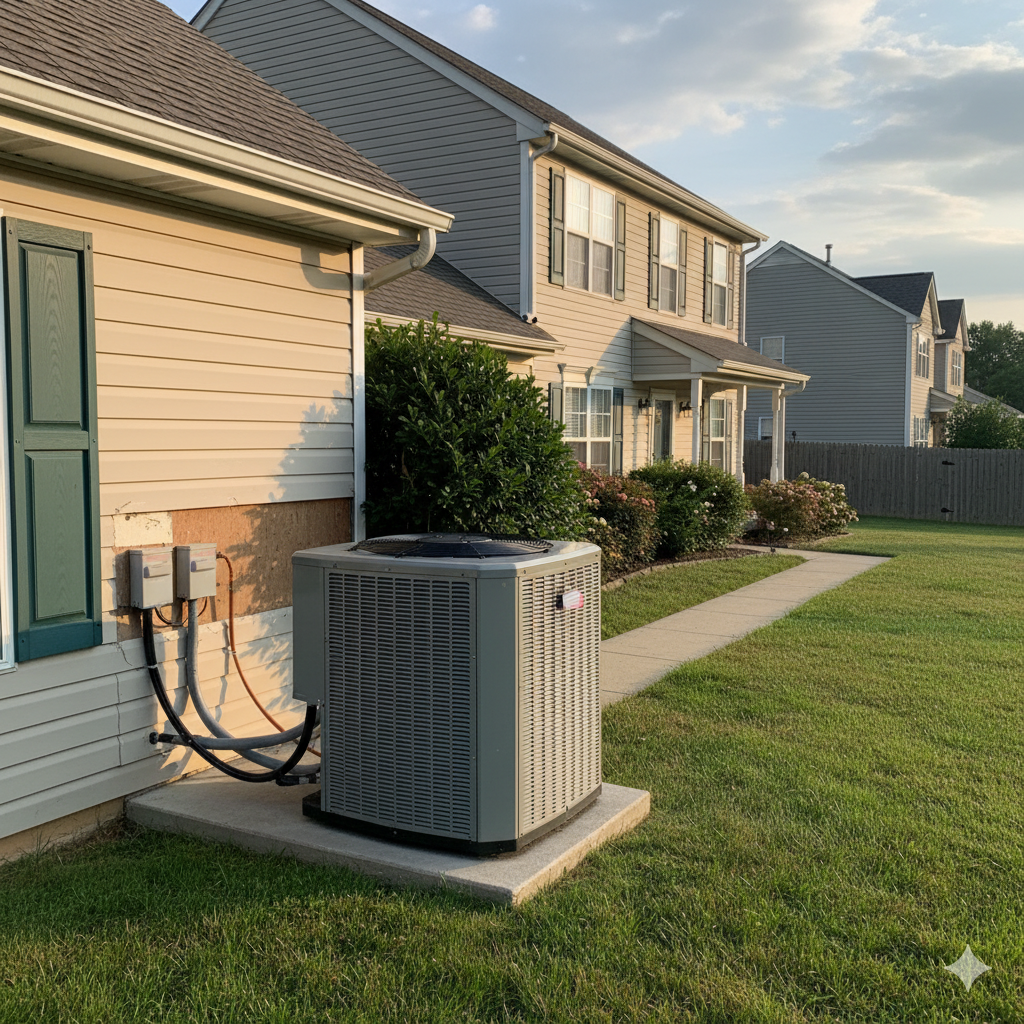
- by TORCHSTAR CORP
Pre-Move-In HVAC Guide
- by TORCHSTAR CORP
What to Check Before Living in an Older Home
The Most Common Issues in Aging HVAC Systems
Older HVAC setups tend to show recurring patterns of wear and performance loss. Common concerns include:


What Should Do
You can spot several HVAC red flags early with simple, non-technical checks. Before move-in:
What a Licensed HVAC Technician Should Professionally Inspect
A certified technician can identify deeper issues that aren’t obvious during a walkthrough. They should:

Final Checklist for a Comfortable, Efficient HVAC System
Fill out the form below and our team will get back to you within 24 hours.
Thank you for reaching out. We have received your message and will be in touch shortly.
Share:
Pre-Move-In Whole-Home Essentials
Pre-Move-In Plumbing Guide